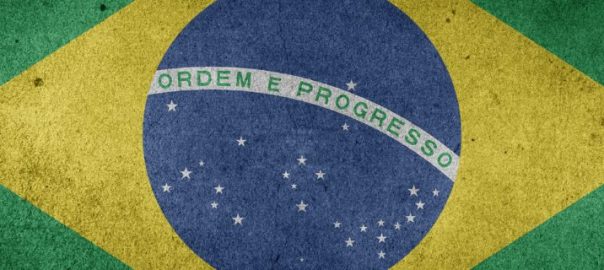What are the strategic implications of social media for managing the public relations function? Social media represent a central challenge and opportunity for public relations practitioners. As a case in point, consider the recent video posted on Youtube by employees of Dominos Pizza, offering viewers a twisted view of food preparation at the national chain. … Continue reading Social Media and Strategic Considerations
Tag Archives: [FIXING]

This proposed project will focus on the high-context/collectivistic Mexican culture by investigating how Palanca (a Spanish term for “lever” or use of personal influence) shapes Mexican public relations principles and practice. The study will use interviews to collect information from both American public relations and Mexican public relations practitioners in Mexico, along with secondary analysis … Continue reading International Public Relations Faces Challenges: The Impact of Palanca in Shaping Mexico’s Public Relations

A survey conducted in Brazil by Aberje Research Institute Databerje with its members (n=282) reveals that the role of the Corporate Communicator has changed. In half of the companies that responded to the survey, the communicator has already evolved from a mere editor of the “company newspaper” to a strategic articulator and educator, an “edu-articulator.” … Continue reading The Trajectory of Organizational Communication in Brazil

This study aims to explore the practice of public relations in a Central Asian country, Kyrgyzstan. This research analyzes the practices of public relations in Kyrgyzstan, a culture that has not been adequately studied before. Through the use of a questionnaire instrument, the researcher will survey public relations practitioners in Kyrgyzstan. Download PDF: Profile of … Continue reading Profile of Public Relations Practice in Kyrgyzstan

To find out where public relations practice in Japan is heading, the current study asks public relations experts including corporate and firm practitioners, and educators and researchers and intend to find out important PR practices in five years from now. The study employs Delphi method to obtain consensus among experts. Download PDF: Public Relations in … Continue reading Public Relations in Japan

An experiment has been designed to test the effects of photographs on crisis perceptions with the following hypothesis: Participants in the victim photograph (vs. neutral or no visual) condition will attribute greater responsibility, report a lower reputation score, report greater anger, and be more willing to engage in negative word-of-mouth. The paper elaborates on the … Continue reading Does What They See Affect How They React

The present study attempts to explore how multiple competitive organizations cope with the same crisis and how an organization’s crisis management influenced the others’ crisis stances and strategies. By using qualitative case study of modified framing analysis, this study analyzed 15 contextually important news stories which were selected from the Korean Integrated News Database System … Continue reading How Multiple Competitive Organizations Cope with the Same Crisis

This paper analyzes how key opinion leaders, PR practitioners, and educators are attempting to reach many internal and external audiences, including media and the community. Using K-12 schools as a focal point of case studies, the authors use a modified standard model for public relations and communications assessment – the RACE (Research, Action, Communication, Evaluation) … Continue reading From Terrorism to Tornadoes: The Roles of PR and Media in Crisis Communication

Extending current theories in crisis communication, the authors have developed a new model called the Integrated Crisis Mapping model (ICM) aimed at understanding the diverse and varied emotions likely to be experienced by the key stakeholders in crises. Dominant emotions in the ICM model are extrapolated on two continua, the publics’ coping strategy and the … Continue reading Final Stage Development of the Integrated Crisis Mapping (ICM) Model in Crisis Communication

The audience-interaction family crisis model was developed for handling family crises communication that can help the public relations professionals that deal with similar critical situations. The author(s) believe that this is an important model that will help forward public relations theory and practice as it applies to crisis communication involving families in the media focus … Continue reading Public Relations in High Profile Family Crisis Situations

This essay focuses on crisis cases in which the media has acted effectively as a first responder. The examples provide context for the argument for media to be seen as partners, not as adversaries in the crisis response. Specifically, public relations practitioners should work with the media as an information resource, resource manager, public safety … Continue reading Friend vs. Foe: Viewing the Media as a Partner in Crisis Response

This essay proposes that school shootings, in most cases, relate very closely to terrorist activities. Terror management theory can provide us with a better understanding of school violence by illuminating how campus safety campaigns focusing on reducing optimistic bias could have the potential to increase mortality salience and anxiety in individuals who feel like cultural … Continue reading Promoting Tolerance: Terror Management Theory and Campus Safety Campaigns